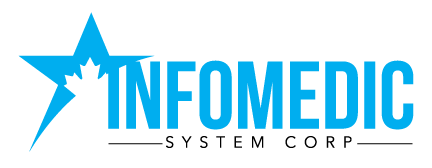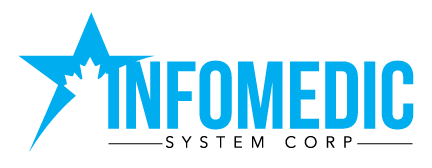By: Jessica Chin, BHSc, MD Candidate
The truth is, everything in medical school is digitalized. Using paper is almost archaic, which is why electronic medical records (EMRs) are almost expected by my fellow classmates. At this point in our careers, we’re hopeful and optimistic, believing that our future patients’ records will be all in one place like the way our iCloud or Google accounts are. Having worked in the health IT industry, however, I know that this is far from the truth.
With that said, EMR usage in Ontario has been increasing dramatically over the years, with 3 in 4 Ontarians having some sort of electronic medical record in place. What’s next on the menu is connecting these records, so that all physicians will have access to their patient’s complete medical chart. They teach us in medical school that the history determines 80% of the diagnosis, so connectivity is of utmost importance for us clinicians.
OSCAR EMR provides physicians with the ability to integrate with official eHealth Ontario platforms so that patients’ lab results and hospital reports are available with the click of a button. It ensures secure and reliable transfer of information so that confidential results are not lost in the paper chain (i.e. snail mail, fax, etc.).
Ontario Laboratory Information System (OLIS)
This digital repository of lab results from major hospital sites and community labs ensures that all lab work is shared amongst health care providers. This prevents duplication of tests and ultimately, the best patient care. In OSCAR EMR, lab results are automatically siphoned into two places: (1) the pertaining patient’s chart and (2) the ordering physician’s inbox. The first will appear within the patient’s e-chart/Encounter, highlighting in red if, you guessed it, results are abnormal. The second feature, however, is most convenient. All incoming lab results that you ordered will appear in your inbox, which can be sorted by normal and abnormal. Then, you can quickly and easily acknowledge that you’ve reviewed the results and address the patients that need attention with just one click.
Hospital Report Manager (HRM)
HRM works in the same manner as OLIS, appearing in both the patient’s e-chart and the ordering physician’s inbox. According to OntarioMD, HRM saves physicians an average of 33 minutes a day.
These platforms are only available through OntarioMD-certified EMRs. Infomedic is an approved OSCAR EMR service provider (Charter OSP), authorized to support and install an OntarioMD-certified version of OSCAR 15.0 (i.e. the latest version of OSCAR to date). Not all versions of OSCAR EMR are OntarioMD-certified, so be careful!
Overall, Ontario is moving towards electronic health records (EHRs), where all physicians will have access to one central patient chart. I have my fingers crossed that this will be implemented by the time my classmates and I are able to practice.
For more information on what Ontario has accomplished thus far, click here.


Such a deep anesrw! GD&RVVF